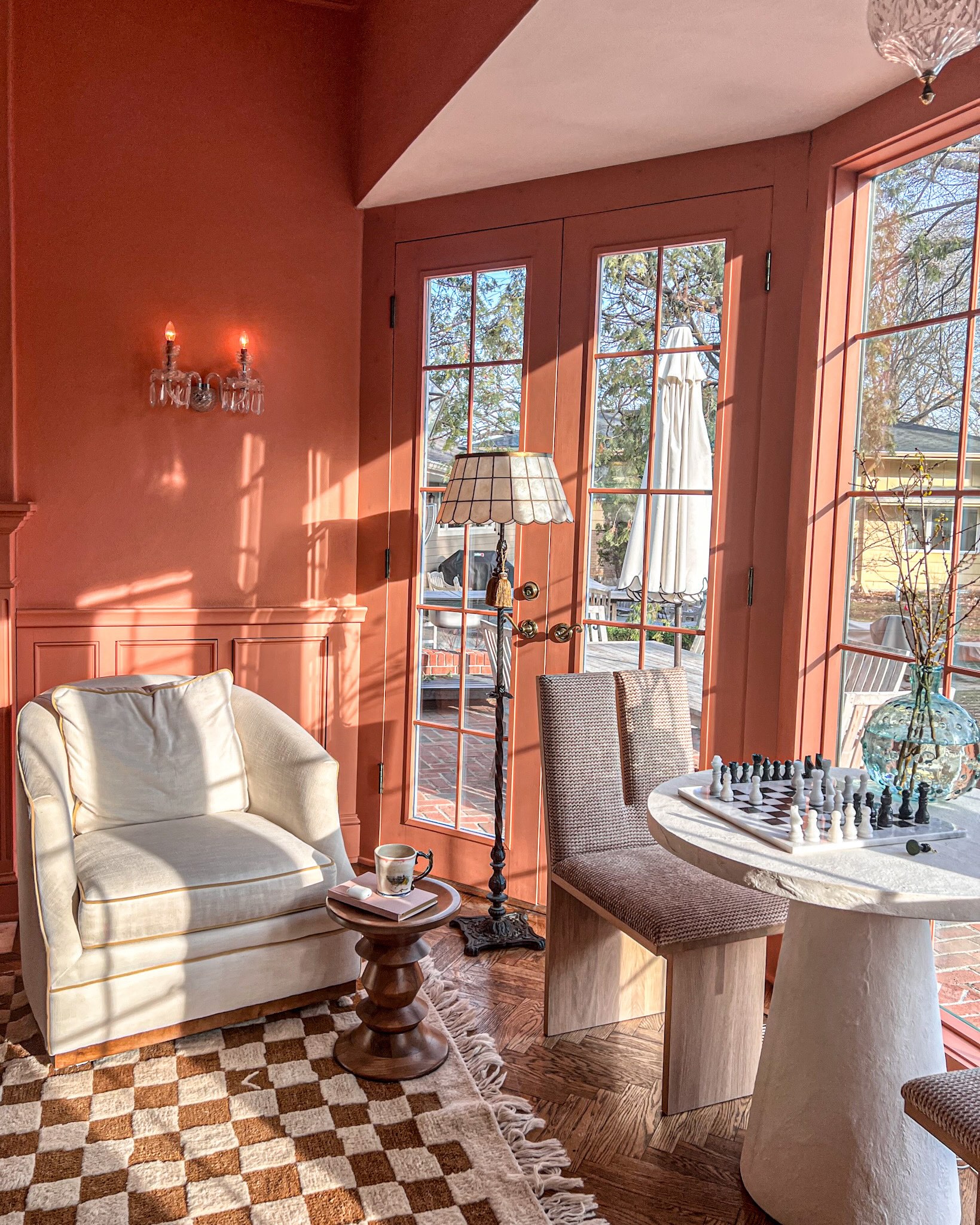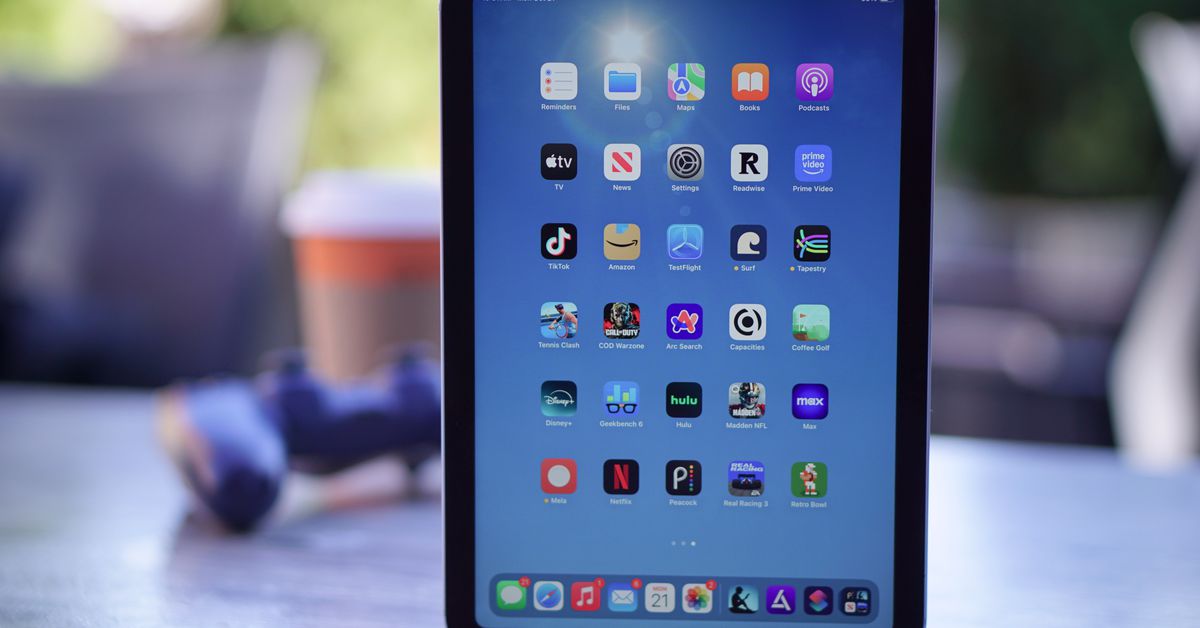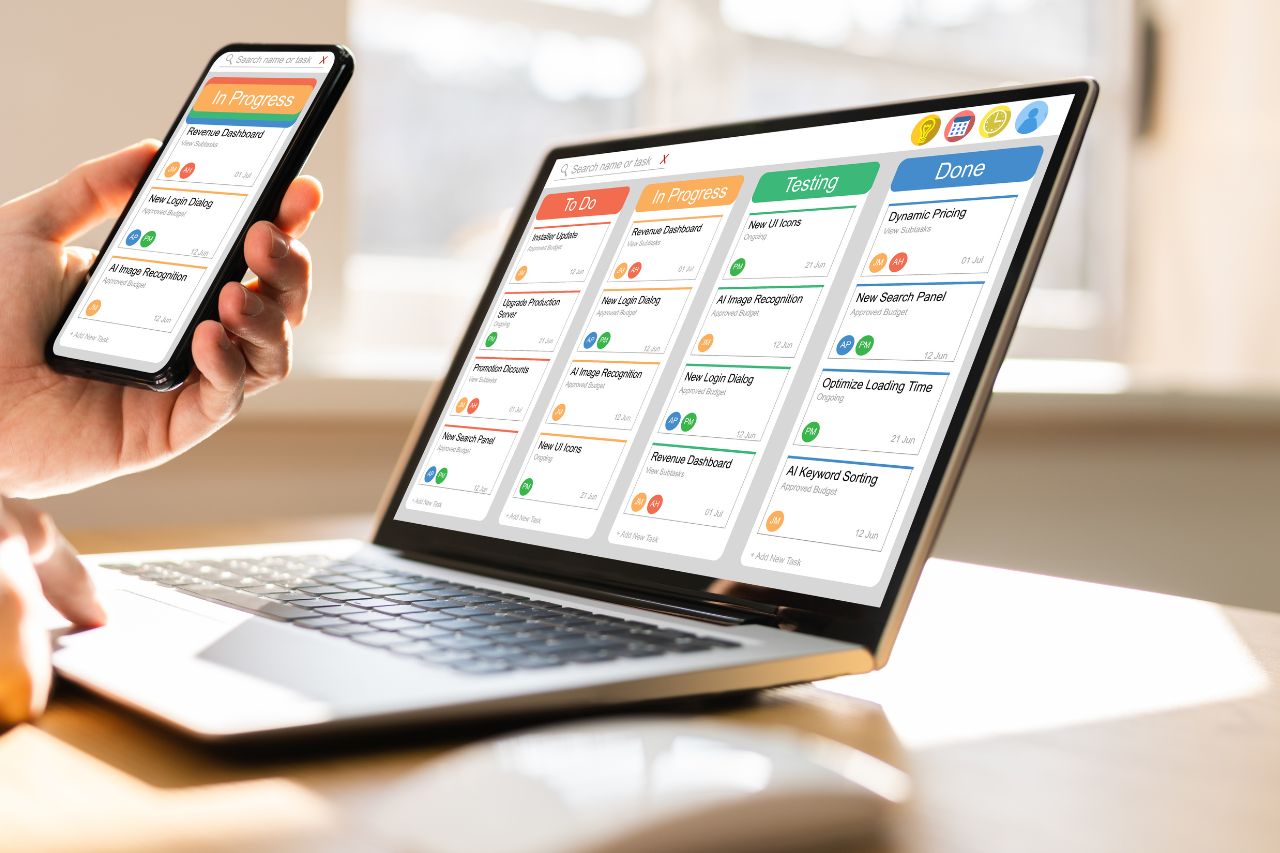[ad_1]
More than 120 years after the end of the Victorian era, we might assume that we retain a more or less accurate cultural memory of the Victorians themselves: of their social mores, their aesthetic sensibilities, their ambitions great and small, their many and varied hang-ups. Some of the most vivid representations of these qualities have come down to us through primary sources, which tend to be texts and works of visual art. Late in Queen Victoria’s reign came photographs, and at the very end, even the motion picture. But how can we be sure how her people really sounded?
Strictly speaking, the earliest process for mechanically recording the sound of the human voice dates back to 1860, not even halfway through the Victorian era. But the technology still had a long way to go at that time, and it wasn’t until the 1880s that Thomas Edison’s phonograph and the wax cylinders it played became commercially viable. So explains the King and Things video above, on the spread of audio recording and the earliest possibilities it opened for capturing the voices of what we now regard as the distant past. Those voices include that of a man introduced as “one of England’s most famous after-dinner speakers, Mr. Edmund Yates.”
That cylinder was recorded in 1888, at one of the London soirées held by an American Edison employee named George Gouraud. The son of French engineer François Gouraud, who had introduced daguerreotype photography to the United States in the 1830s, he took it upon himself to bring the phonograph to Britain. He did so in a top-down manner, inviting socially distinguished guests to his home for dinner so that they might thrill to the novelty of after-dinner speeches delivered by machine — and then record their own messages to Edison himself. “I can only say that I am astonished and somewhat terrified at the results of this evening’s experiments,” said one of Gouraud’s guests, the composer Sir Arthur Sullivan.
That astonishment aside, Sullivan also admitted that he was “terrified at the thought that so much hideous and bad music may be put on record forever.” Many alive today would credit him with considerable prescience on that count. But he also understood that the phonograph would produce wonders, such as the recordings included in this video of such notables as four-time Prime Minister William Gladstone, Florence Nightingale, and Queen Victoria herself — at least according to the consensus of the scholars who’ve scrutinized the highly indistinct recording in question. Only long after Edison’s time would humanity develop a recording technology capable of being replayed again and again without degradation. But given our image of Victorians, perhaps it’s suitable that their voices should sound ghostly.
Related content:
Thomas Edison’s 1889 Recording of Otto von Bismarck Discovered
Hear the First Recording of the Human Voice (1860)
Based in Seoul, Colin Marshall writes and broadcasts on cities, language, and culture. His projects include the Substack newsletter Books on Cities and the book The Stateless City: a Walk through 21st-Century Los Angeles. Follow him on Twitter at @colinmarshall or on Facebook.
[ad_2]







Leave a Reply